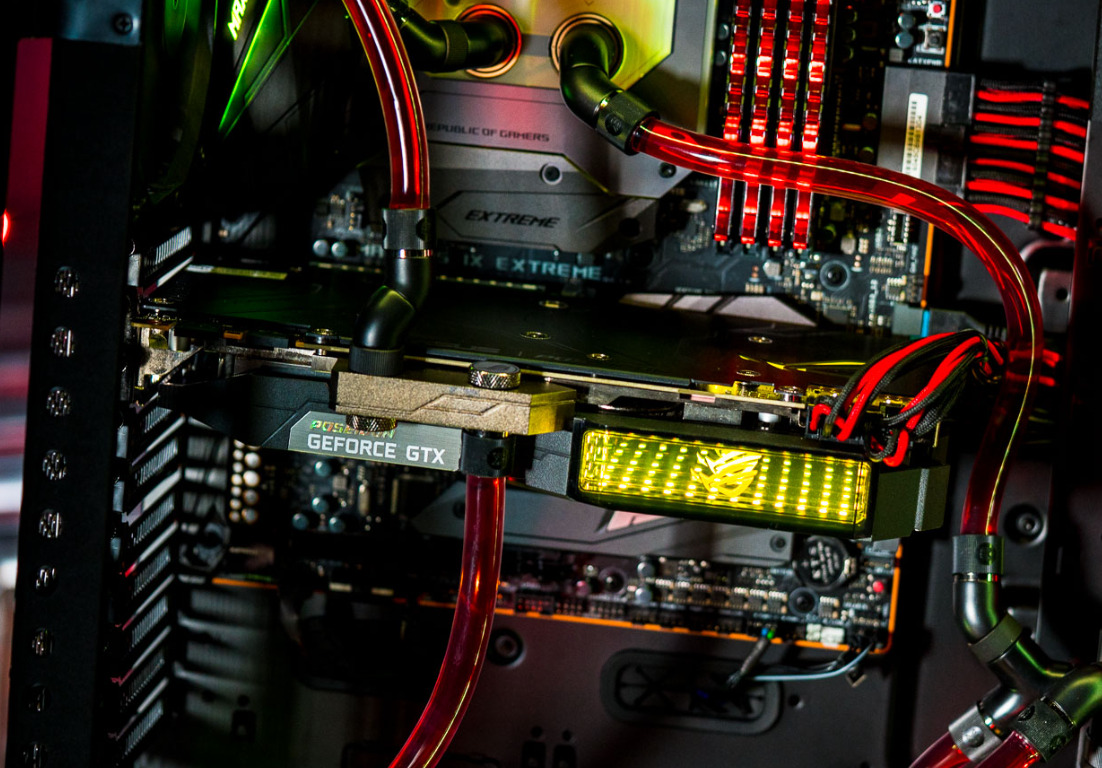A graphics card is the most energy-consuming computing unit, just behind the CPU. So when there is a loss of power, the GPU is the first to suffer. When this happens, performance drops drastically and the screen behaves oddly. Investing money in a desktop that meets a computer’s 550-watt requirement is a popular suggestion, and several professionals advise doing so.
How do I know if my power supply is sufficient for a graphics card?
If your power supply is sufficient for your card, it will not show the signs mentioned above and vice versa. To find out if your power supply is sufficient before installing it, follow these steps:
Step 1:
Remove the case from your PC.
Step 2:
Locate the PCI x16 slot. Right next to or around it somewhere, you would see how many watts it would supply to your card.
Step 3:
Now find out the requirements of your card from the manufacturer or the box it came in.
Step 4:
Typically a GPU requires 75 watts and that is what the PCI x16 slot provides. If the card is very power-hungry like the RTX 3090, you can connect multiple 6 or 8-pin power connectors to meet the 800W requirement.
Step 5:
After meeting the requirements, make sure to double-check the performance of the card by running test after test.
What happens if your Power is too low?
If your power supply isn’t providing enough power, you’ll experience unexpected shutdowns, especially when gaming or performing GPU-intensive tasks.
Other less serious issues include blue screens, system crashes, program crashes, and slower performance. In rare cases, you may not be able to start or even turn on your computer with low power.
In general, the best way to avoid these failures is to replace your current power supply with one of higher capacity. You can also reduce your computer’s power consumption by unplugging additional hard drives or PCI devices.
What Happens If Power Supply Is Too Weak for Graphics Cards?
It is possible to also lower game settings so they don’t consume as much power as your graphics card. A computer’s exact response to a lack of power depends on its hardware and software configuration.
Power and efficiency
Power and efficiency are two of the most important things to look for in a power supply.
The wattage of your power supply will effectively determine the maximum wattage of your graphics card upgrade, while its efficiency will determine how well it can perform without excessive power consumption or heat.
Typically, your graphics card’s documentation will come with a recommended power supply wattage recommendation to pair it with.
While these aren’t usually the hard and fast requirements for the GPU to work, it’s certainly a good idea to follow these recommendations or better if you don’t know how powerful the rest of your PC’s build is.
It’s an easy shortcut if you don’t want to do research to find the right power for your power supply.
Guarantee and reputation
In addition to potency and efficiency, you should check the warranty and reputation!
Specifically, you want to make sure your PSU comes with an extended warranty (ideally 5-10 years, longer is better) and is sold to you by a brand you trust.
Show irregularities
If the monitor flickers or displays dots and lines when it shouldn’t, the computer may not be getting enough power from the power supply. Insufficient power can cause the processor and graphics card to render screens inconsistently. Additionally, the graphics card may turn off the monitor if there is not enough power to display the graphics on the screen. This is especially common in multi-monitor setups.
Wrong colors
A weak graphics card will end up producing pixilated images during gameplay. You would clearly see textured graphics or tones that are not native to the game.
Blue screen of death
It’s not unusual. The dreaded blue screen of death can be caused by a number of reasons, one of which is a faulty or underpowered GPU. When troubleshooting the reasons for this, consider checking the power you supplied to the board. This becomes mandatory when you have recently installed the map.
Start-up issues
The 5 signs above indicate a less serious problem with the GPU, even if it is due to low voltage. But things can get serious and you might encounter problems in the trunk. The PC may not even turn on at all.
How can I know if my PC is not fueled enough?
- Computer power failure symptoms
- The computer crashes randomly.
- The blue screen freezes randomly.
- Additional noise from the PC case.
- Recurring failure of PC components.
- The PC does not start, but the fans of its case turn.
Conclusion
if your graphics card requires more power than your computer’s power supply can provide, you will need to purchase a power supply that is specifically made for graphics cards. Additionally, if you experience crashes or other problems when playing games or using other graphics-intensive applications, upgrading your graphics card’s power supply may be the solution.
